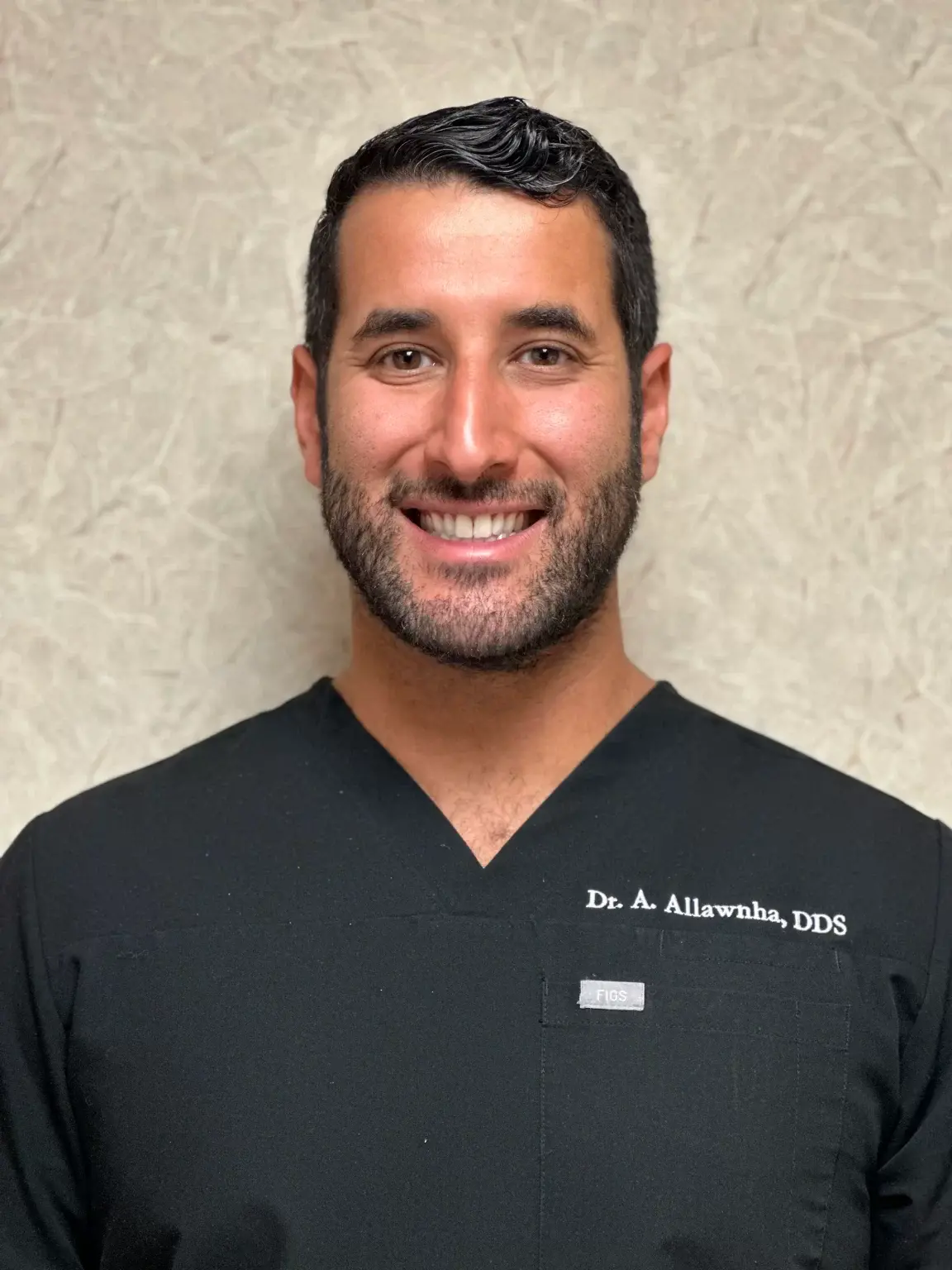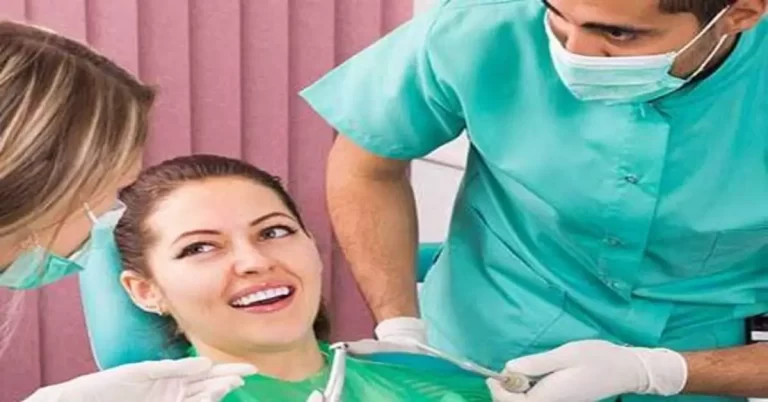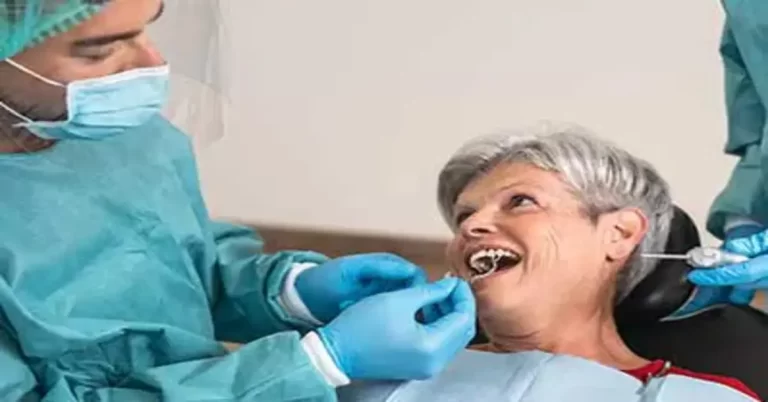In medical terms, the “palate” is the roof of the mouth. It separates the mouth from the nasal cavities and develops around the sixth week of pregnancy until early childhood.
A healthy palate is wide and low to allow proper breathing, chewing, and speech. Over time, the structure of the mouth changes, causing the palate to sag and lose its tone. Dental habits can also affect palate development.
Structural abnormalities of the mouth and other unhealthy habits can disrupt the proper development of the palate, leading to many conditions such as a narrow palate.
What Is a Narrow Palate?
If you smile in front of the mirror and only see six or fewer teeth in front, you likely have a narrow palate smile. This means that your palate and upper jaw are narrower than 98 percent of people and have a more tapered shape than the average palate.
A narrow palate smile is commonly associated with tongue-tie, a condition where the frenulum in the mouth is shorter than average. This affects the movement of the tongue and restricts it from reaching the roof of the mouth. Normally, the gentle pressure that the tongue exerts on the roof of the mouth helps in the natural widening of the palate. Without this pressure, palate development is disrupted, leading to a narrow palate.
Other factors that can contribute to the development of a narrow palate include:
1. Genetic Conditions
Genetic conditions associated with facial development are potential causes of a narrow palate. For example, people with Ramon syndrome, pyknodysostosis, or Marfan syndrome have decreased palatal widths and narrow roofs of the mouth.
2. Incorrect Habits
Children aged 2 to 4 normally adapt soothing behaviors like thumb sucking. When not properly managed and stopped as they age, this habit can increase the risk of improper mouth development. Other habits that can cause narrow palate include mouth breathing, wrong swallowing, and incorrect tongue posture.
3. Facial Trauma
A study from the University of Iowa concluded that facial injuries during child development are relatively common. Children who tend to place various objects in their mouths are more prone to having issues in their palate.
Children’s unsteady postures can also make trauma to the palate more common when standing and walking. Their usual falling and stumbling make them prone to facial injuries, disrupting proper bone growth.
What Are Problems With Narrow Palate?
Improper palate development comes with dental concerns such as crossbites, impacted teeth, and crowded teeth. A decreased palatal width can also cause blockage in the nasal cavity, potentially leading to breathing issues.
The roof of the mouth serves as the base of the nose and sinuses. A narrow and high palate can constrict the air passage and affect the normal airflow, predisposing a person to snore and breathe through the mouth.
Poor palate development is also a risk factor for people with obstructive sleep apnea (OSA). People with OSA can develop neurocognitive and behavioral problems, speech problems, and swallowing complications.
Narrow Palate: Symptoms
The narrow palate symptoms may appear differently at each stage. Infants with narrow palates should be carefully nursed or fed when using a bottle; a narrow palate can make sucking from bottles difficult and form excessive air bubbles inside.
Parents should watch out for the following signs in babies such as:
- Improper Nose Breathing
- Painful Breastfeeding Latch
- Inability to Sleep Well
- Difficulty Breathing When Laying Down
- Nasal Discharge Issues
As the teeth slowly develop, it becomes easier to recognize the symptoms of a narrow palate in the mouth.
In children, narrow palate symptoms can appear as:
- Dental Overcrowding
- Teeth Misalignment
- Speech Variance
- Unerupted Tooth
- Poor Dental Condition
Narrow palate symptoms in adults are similar to children; however, fully developed teeth can complicate narrow palate treatment.
Dentists do not recommend self-diagnosis; consult an orthodontist to identify wrong palate development better and determine appropriate treatments.
How To Fix a Narrow Palate in Adults?
Correcting the width of the palate is difficult for adults. Early intervention using a dental device like a palate expander is an essential preventive strategy for children. Adults with a more severe palate condition might need surgery.
1. Frenotomy
Frenotomy, also known as frenulectomy, is a procedure in which the lingual frenulum, the tissue holding the tongue down to the floor of the mouth, is cut. It is a common treatment for people with shorter or tighter frenulums to treat infants with tongue-ties.
2. Palate Expanders
A palate expander is a medical device used in children and teenagers under 15. It is attached to the roof of the mouth to move the palate outwards, widening the palate.
Since it is anchored behind the teeth, it is not visible outside and will not compromise dental aesthetics. Some palate extenders need an orthodontist to remove them, while some easily detach without their help.
3. Jaw Widening Surgery
Aside from braces and Invisalign, surgery is another treatment option for adults with fully developed teeth. Dentists will determine if you are a candidate for jaw widening surgery, which involves cutting the jaw bone and repositioning it with an expansion device.
After two weeks, your bone will heal and cause gap formation in the front teeth that skilled orthodontists can quickly fix.
Achieve Wider, Healthy Smiles With Century Dental
Suitable treatment procedures can correct a narrow palate and bring back a wider smile.
Century Dental is a team of seasoned dentists who can help you achieve a perfect smile. We will help you choose the right treatment for your narrow palate by performing a detailed assessment and clinical evaluation. Book an appointment with us today and meet our dentist in South Pasadena, FL.





